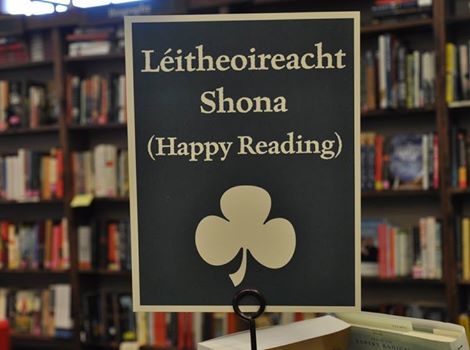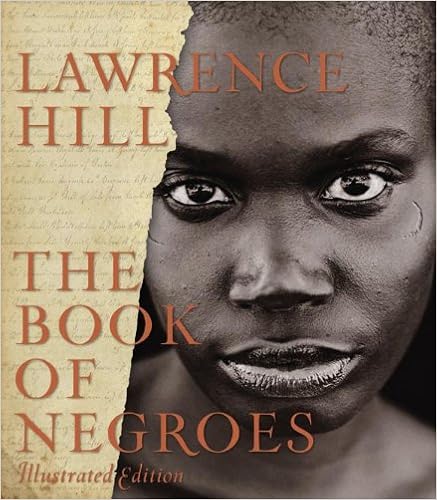4.5 Stars

This book
was chosen by my book club and I was very pleased because this is a book I’ve
long wanted to read. I’ve read Indian Horse by the same author and
enjoyed it very much.
Sixteen-year-old
Franklin Starlight is summoned by his biological father Eldon to take him on a
journey to a site where he wants to be buried.
Franklin was raised by a white foster father, identified as “the old
man,” and has had only sporadic and unhappy contact with Eldon, an alcoholic,
but he nonetheless agrees to bury his father on the land like a warrior. On the 40-mile trek, Eldon tells his son
about his past: the death of his father,
his Korean War experience, his descent into alcoholism.
Of course
the journey is more of an inward journey.
In the Acknowledgments, the author writes, “In the Ojibway world you go
inward in order to express outward. That
journey can be harrowing sometimes but it can also be the source of much joy,
freedom, and light” (247). Franklin
tells his father, “’You gotta spend time gatherin’ what you need. What you need to keep you strong. [The old man] called it a medicine walk’”
(65). Eldon wants to give his son a
legacy of sorts and seeks forgiveness.
Franklin clearly states what he is looking for: “’Me, I always wanted to know more about
where I come from’” (69). From his
father’s story, Franklin learns about his family and comes to understand the
sacrifices of other people which have shaped him. He wants a connection with his Native heritage
and in the end receives a vision.
Franklin is
a young man who will touch readers. He
is confident and self-reliant: he
provides food and shelter with minimal supplies. He may be a teenager but he is wise beyond his
years. Though “he never did take to
school,” he follows the old man’s advice that “’There’s better and more
important learning to be had out here on the land’” (30 – 31). Franklin has indeed formed a connection with
the land; he speaks of coming to a favourite spot: “’I could come and sit here for hours. I spent three days here once when I was
thirteen’” (69) because “’out here things just come all on their own
sometimes. Thoughts, ideas, stuff I
never really had a head for’” (66).
In an
encounter with a bear, Franklin shows that he can “move through fear,”
something his father was not able to do during most of his life. In fact, he is his father’s foil in other
ways too: he possesses a warrior
nobility and strength of spirit Eldon lacks.
The old man raised him to be a good man and he has succeeded: Franklin
is so honourable that he performs a filial duty for a man who emotionally
abused him throughout his life.
The old man
is another impressive character. At
first, he seems merely a taciturn farmer, but as we come to learn more about
him, he earns the reader’s admiration. He
has been hurt badly but shows the redemptive power of love and compassion. He, like Franklin, is not perfect. He occasionally gives in to anger just as
Franklin sometimes gives in to bitterness.
It is these flaws, however, that make them fully human characters.
The book
examines the role of stories in our lives.
Eldon speaks about how his mother’s storytelling was very much a part of
his childhood; in fact, he talks about his family name: “’Starlight was the name given to them that
got teachin’s from Star People. Long
ago. Way back. Legend goes that they come outta the stars on
a night like this. Clear night. Sat with the people and told ‘em stuff. Stories mostly, about the way of things. The wisest ones got taught more. Our people.
Starlights. We’re meant to be
teachers and storytellers’” (159). As
an adult, however, Eldon saw little use for stories; he tells his son, “’Most
of the time I was just tryin’ to survive.
Belly fulla beans beats a head fulla thinkin’. Stories never seemed likely to keep a guy
goin’’” (69). But he has come to realize
that he might have been wrong:
“’Somethin’ your grandmother said.
Stories get told one word at a time.
Maybe she was talkin’ about life.
I didn’t have the ears to hear it though’” (142). He also realizes he owes his son for his
negligence and feels he can “’pay back a little of what I owe’” by telling him
his life story: “’I got some story
that’s needed telling for a long time’” (80).
Franklin listens, perhaps because he remembers the old man telling him,
“’But folks need hearing out sometimes, Frank’” (56). Through his stories, Eldon gains some
redemption, and they give Franklin a better understanding of both his father
and the old man. A woman encountered on
the journey expresses it best: “’It’s
all we are in the end. Our stories’”
(103).
The
language in the book is beautiful. There
are sentences that may take your breath away:
“Shadows fell on his face and the branches pushed by the breeze made it
appear to move, to shift, to alter, and the kid felt hollow watching life dance
across his dying father’s face” (142).
This is a quiet, contemplative book. It is unquestionably worth reading - and reading
again to find the gems of wisdom dispersed throughout.










